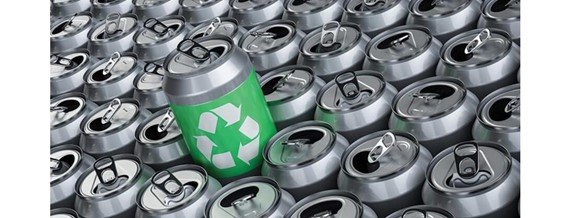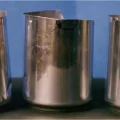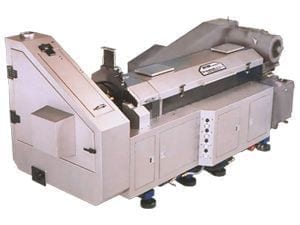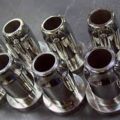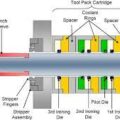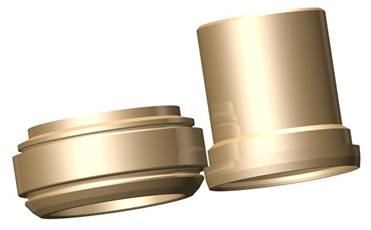Introduction
In the can manufacturing process, maintaining consistent can height is crucial for ensuring the quality and performance of the final product. Uneven can height can lead to various issues, such as sealing problems and compromised structural integrity. This article explores the probable causes of uneven can height and the corresponding corrective actions that can be taken to address these issues.
- Misalignment of Tooling
One of the primary causes of uneven can height is the misalignment of tooling within the Bodymaker machine. The machine’s tool pack consists of a series of carbide dies placed in a progressive reduction in diameter, combined with a punch that determines the placement of the material as it is reduced in thickness and drawn up the punch surface. Misalignment of these tools can lead to uneven can height.
Corrective Action: Regular inspection and maintenance of the tooling components are essential to ensure proper alignment. If misalignment is detected, adjustments should be made to the tools to restore their correct positions and maintain close tolerances at all times.
- Improperly Ground Dies
The dies used in the can manufacturing process must be ground to precise dimensions to ensure consistent can height. If the dies are improperly ground, the material may not be evenly distributed during the drawing and ironing stages, resulting in uneven can height.
Corrective Action: Regular inspection of the dies for wear and damage is crucial. If any issues are detected, the dies should be re-ground or replaced as necessary to maintain the required dimensions and tolerances.
- Aluminum Buildup on the Punch
During the can manufacturing process, aluminum buildup on the punch surface can occur, affecting the material’s placement and leading to uneven can height. This buildup can result from various factors, such as excessive friction between the punch and the material or inadequate lubrication.
Corrective Action: Regular inspection and cleaning of the punch surface are essential to prevent aluminum buildup. Additionally, ensuring proper lubrication and adjusting the punch-to-die clearance can help minimize friction and reduce the risk of aluminum buildup.
- Cup Lube Weight Variation
Cup lube plays a vital role in the can manufacturing process by reducing friction between the tooling components and the material. However, variations in the weight of the cup lube applied can lead to uneven can height due to inconsistent lubrication across the material’s surface.
Corrective Action: Regular monitoring and control of the cup lube weight are crucial for maintaining consistent can height. Implementing a system for measuring and adjusting the cup lube weight can help ensure uniform lubrication and minimize the risk of uneven can height.
Conclusion
Uneven can height can compromise the quality and performance of the final product. By understanding the probable causes of this issue and implementing the appropriate corrective actions, manufacturers can maintain consistent can height and ensure the production of high-quality cans. Regular inspection, maintenance, and monitoring of the tooling components, dies, punch surface, and cup lube weight are essential for achieving this goal.

